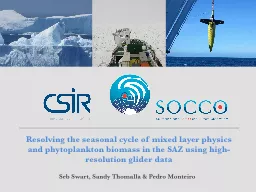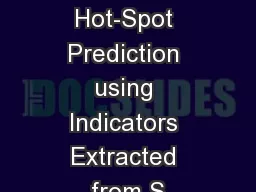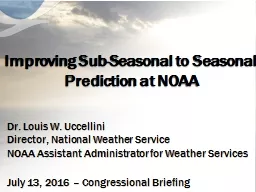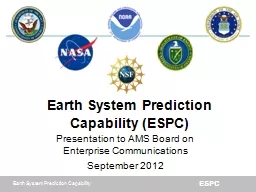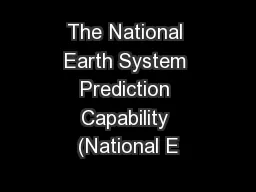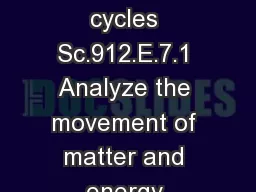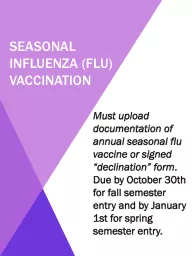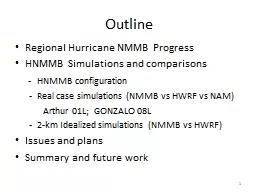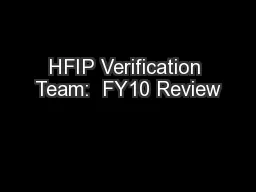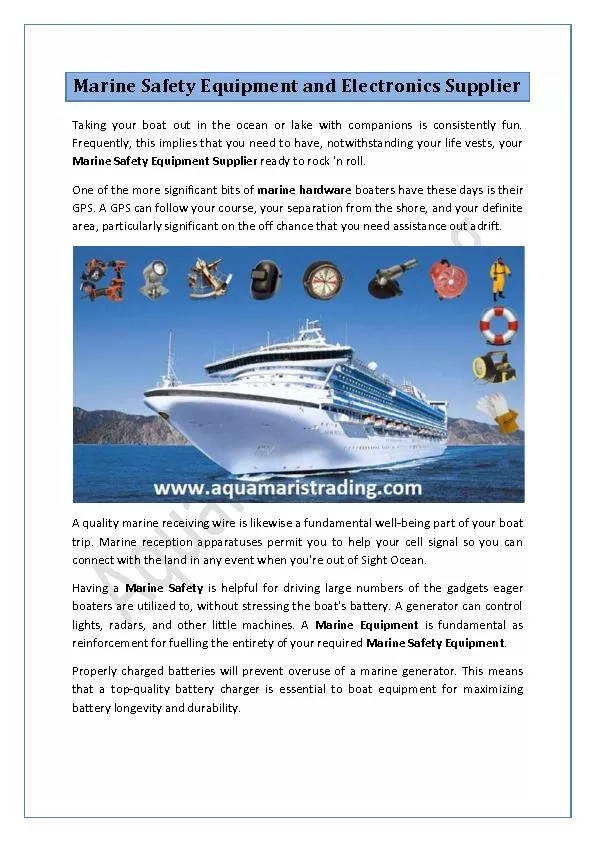PPT-Toward seasonal to multi-annual marine biogeochemical prediction using GFDL’s Earth
Author : briana-ranney | Published Date : 2019-12-09
Toward seasonal to multiannual marine biogeochemical prediction using GFDLs Earth System Model Jongyeon Park Charles A Stock John P Dunne Xiaosong Yang Anthony Rosati
Presentation Embed Code
Download Presentation
Download Presentation The PPT/PDF document "Toward seasonal to multi-annual marine b..." is the property of its rightful owner. Permission is granted to download and print the materials on this website for personal, non-commercial use only, and to display it on your personal computer provided you do not modify the materials and that you retain all copyright notices contained in the materials. By downloading content from our website, you accept the terms of this agreement.
Toward seasonal to multi-annual marine biogeochemical prediction using GFDL’s Earth: Transcript
Download Rules Of Document
"Toward seasonal to multi-annual marine biogeochemical prediction using GFDL’s Earth"The content belongs to its owner. You may download and print it for personal use, without modification, and keep all copyright notices. By downloading, you agree to these terms.
Related Documents



